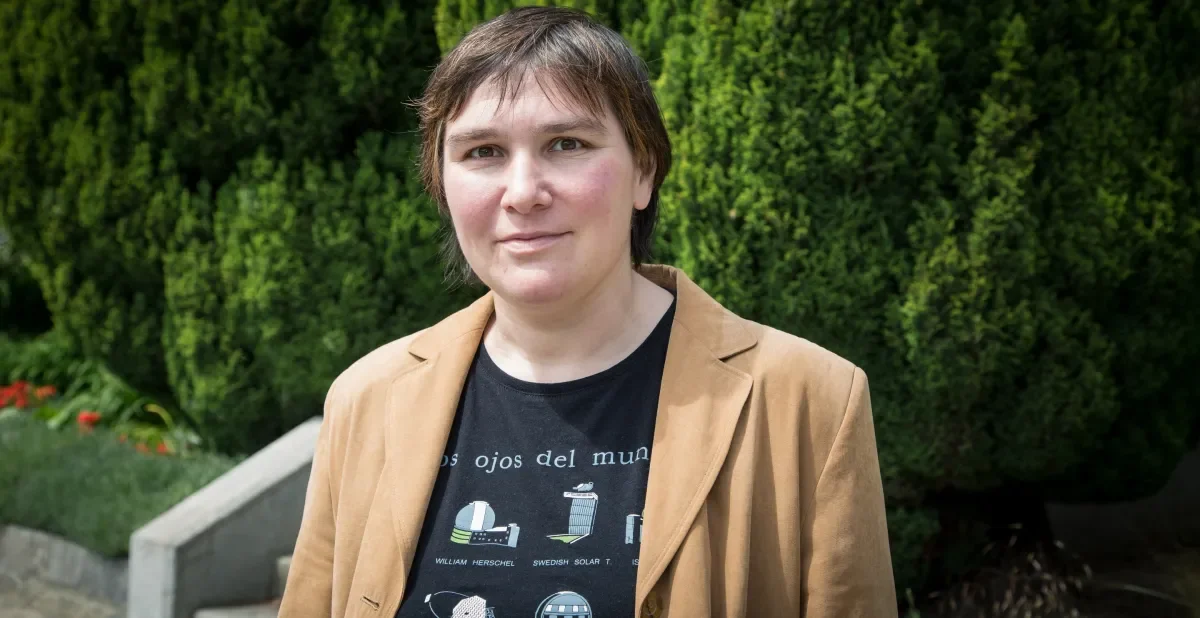

Starry duos offer clues with signals from space
Dr Masha Chernyakova Lecturer in Astrophysics at DCU School of Physics and Research Associate at the Dublin Institute for Advanced Studies is this week's Spotlight on Research focus.
You study binary systems in astronomy, what are they?
“In binary systems, objects in outer space rotate around each other. That might be a star rotating around a neutron star or around a black hole.”
How do you detect signals from these faraway star systems in outer space?
“We collect lots of different types of information coming from those objects in binary systems.
We use optical telescopes that pick up light, and also telescopes on Earth and in space that detect radio waves, X-rays and high-energy TEV and GEV radiation.
By gathering that information we can put together a better picture of what goes on in these binary systems”.
What event have you been studying?
“Recently I have been looking at a pulsar star called PSR B1259-63. It is one of the few binary systems where we can detect very high-energy radiation, and we don’t know for sure what is causing that.
This PSR B1259-63 system is really interesting because we detected an unexpected massive high-energy flare that released about 70% of its energy.
It was a big surprise and we could only detect this flare in the high energy band, but if you use the optical telescope you can see that the disk structure of the other star in the binary system was disrupted at the same time.
We don’t know whether the disk disruption caused the flare or if it was the other way around.”
What kinds of advances would help us to know more about these events?
“Something that will really help increase our ability to study these binary systems is the CTA or Cherenkov Telescope Array, a planned suite of 100 telescopes around the Earth - 50 in the Northern Hemisphere and 50 in the Southern Hemisphere.
The CTA will offer us 10 times the sensitivity compared to the instruments we have now, and we hope that when the CTA becomes operational in 2020 we will be able to learn more about the PSR B1259-63 system.
I am involved in preparing for the CTA array, creating simulations of how we can use it to answer questions about physics.”
What is the most rewarding aspect of astronomy research for you?
“I think it is that you collaborate with so many people around the world. Everyone works together, bringing their piece of information about an event or an object, and we discuss what the information means when the pieces are put together.
We recently got funding from the Irish Research Council New Foundations scheme to host two meetings for astronomers in Ireland to share their expertise and discuss funding opportunities.
One was held already in Armagh and the other will be in Dublin in September.”
You do a lot of public talks about astrophysics and astronomy too - do you find audiences are receptive?
“Yes, I give talks at Dunsink Observatory and I go out to schools to speak to students about astronomy.
I also give lectures to older members of the public in DCU.
A lot of people are interested in space and with astronomy you always have nice visuals to show them.
I find some of the younger listeners know a huge amount about astronomy and sometimes the older audiences have the most searching questions!”
